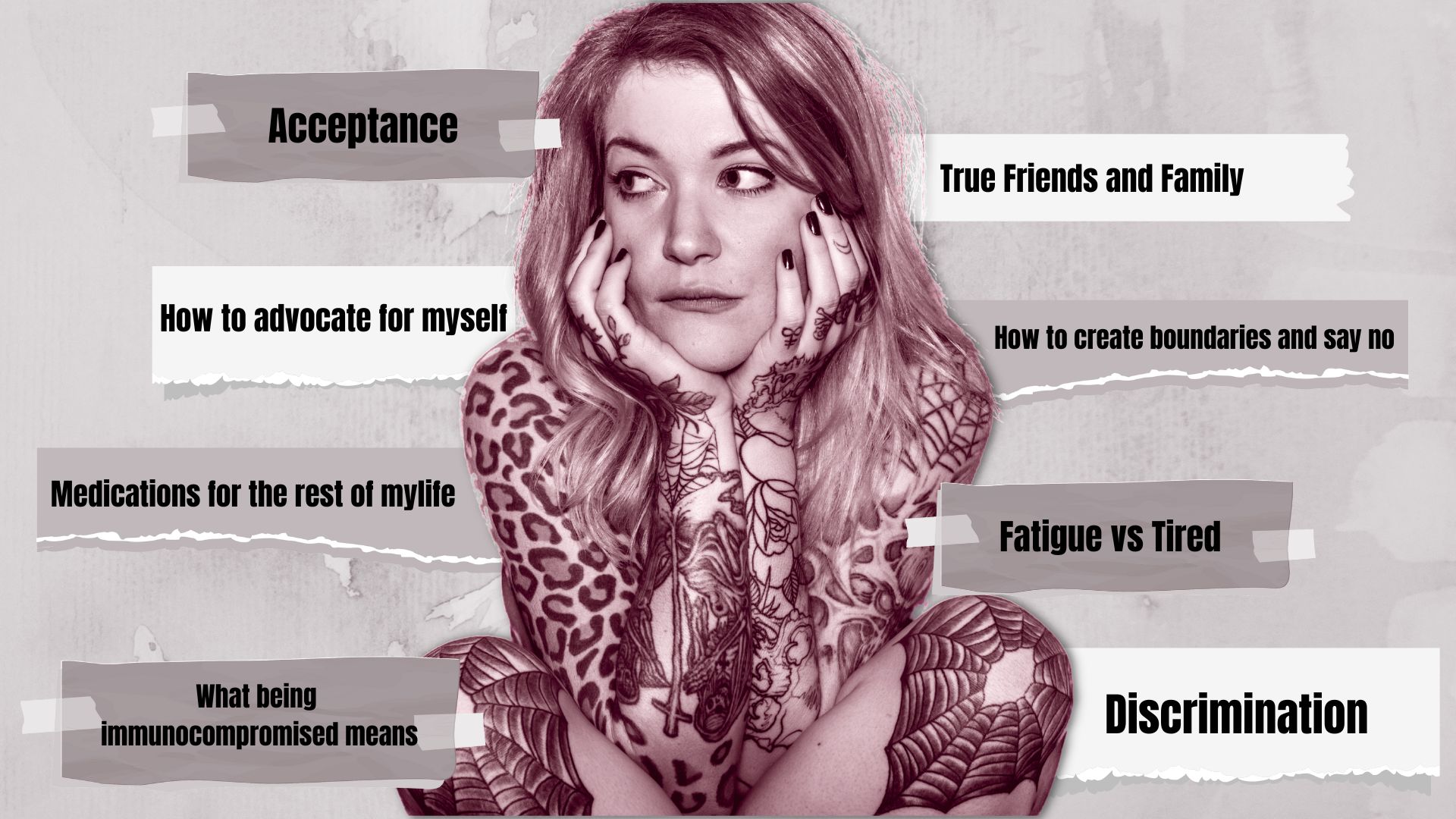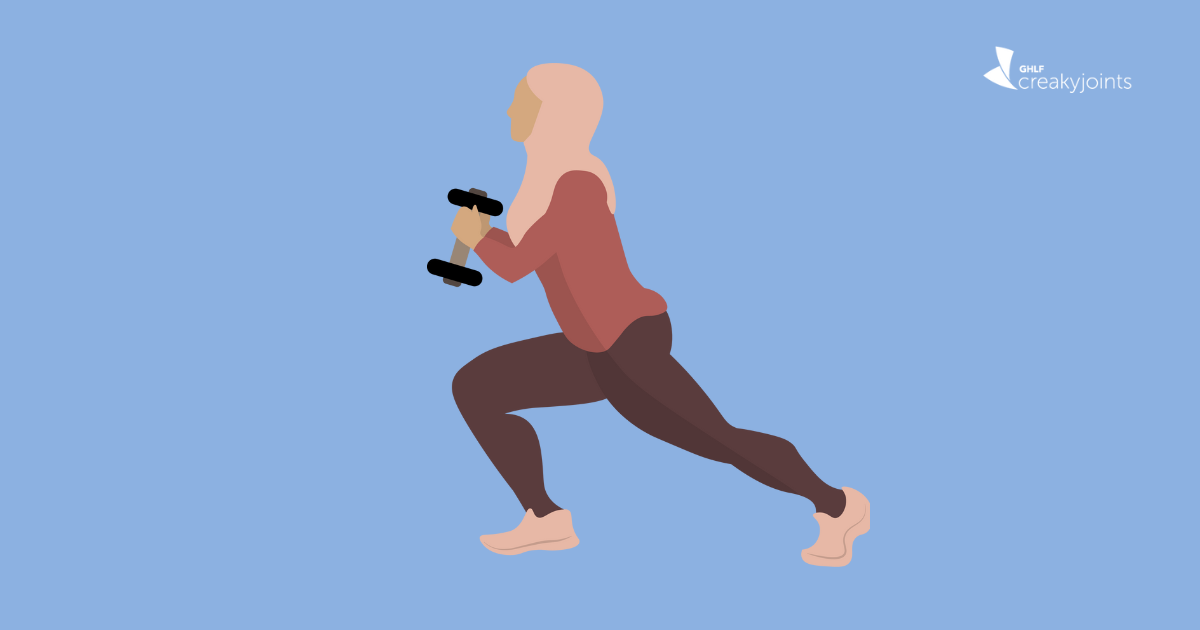

You take your meds, as you should. Maybe you see a physical therapist regularly or do yoga now and then to help manage arthritis symptoms — also smart moves. But even if you’re good about sticking to your treatment plan, there will be mornings when it’s tough to get your body moving. And there will be times when stiff, achy joints make tasks tough. And that is when you should try heat therapy.
“Heat therapy is primarily used to decrease pain and improve muscle flexibility in patients with arthritis,” says Maura Daly Iversen, PT, associate dean of clinical education, rehabilitation, and new initiatives at the Bouvé College of Health Sciences, Northeastern University.
Heat therapy won’t change or improve your condition, but it can help relieve arthritis symptoms. A review of research published by Cochrane found that superficial moist heat can be used as palliative, or supportive, therapy for people with rheumatoid arthritis (RA). Studies also showed paraffin wax baths combined with exercises help relieve arthritic hands.
How Heat Therapy Works for Arthritis Pain
Think of heat therapy as a way to thaw joints that are frozen stiff: The heat warms both the skin and the joints, says Iverson, who also serves as a spokesperson for the American Physical Therapy Association. That causes blood vessels to dilate, which gets more oxygen and nutrients to the joints and muscles.
“Improved blood flow to the tissue in the area helps remove pain-producing metabolites,” explains Iverson. Plus, heat stimulates receptors in your skin, decreasing pain signals sent to the brain.
Another way heat therapy helps arthritis: It loosens muscles to decreases spasms and reduce joint stiffness. “Heat therapy also improves flexibility by allowing the collagen — cells that make up connective tissue — to deform easily, leading to improvement in range of motion,” adds Iverson.
Heat therapy affects the body the same way, no matter what kind of arthritis you have. When you need it, however, may differ: People with RA or other kinds of inflammatory arthritis tend experience morning stiffness that lasts a few hours, says Iverson. Starting your day with warm shower, for example, will help ease symptoms so you can move better. If you have osteoarthritis (OA), symptoms may set in after prolonged sitting, so you may use heat at different times throughout the day.
Do Heat Therapy at Home
Moist heat penetrates deeper than dry heat from a heating pad, so you get more relief. Limit heat therapy to no more than 20 minutes per session, and make sure the heat feels warm, but not burning, advises Iverson. Talk to your doctor before trying any new therapy.
1. Take a warm shower
And while you’re in there, do gentle range-of-motion exercises, like neck rotations and wrist extensions, suggests Iverson.
2. Or soak in a warm tub
Immerse your body for 15 to 20 minutes to allow weight-bearing muscles to relax. Afterward, dress warmly to prolong the benefit.
3. Make a DIY hot pack
Heat a damp, folded towel in the microwave for 20 to 60 seconds (depending on the towel’s thickness). To prevent burns, always test the heated towel on the inside of your arm before putting it on your joint: It should feel comfortably warm, not hot. For an added layer of protection, wrap the heated, moist towel in a thin, dry one before placing it on the skin. You can also fill a rubber or soft plastic water bottle with hot water and rest it on an achy joint.
4. Or buy a moist heating pad, pack, or wrap
Some are specifically designed to fit your knees, neck, hand, or other joints.
5. Try a paraffin bath
This warm wax treatment is typically used for hands, and sometimes feet, says Iverson. Dip your hand (or foot) several times to coat with wax, wrap it in plastic or with a towel to retain heat for about 20 minutes, then peel off the wax. Be sure to follow the manufacturer’s instructions and monitor for any skin reactions, advises Iverson.
6. Or mineral oil and gloves
Massage some oil onto your hands, put on rubber dishwashing gloves and run your hands under hot tap water for 5 to 10 minutes.
7. Stretch after heat therapy
While your joints and muscles are warm, do gentle stretches or simple range-of-motion exercises to increase mobility, says Iverson.
8. Ask about deep heat therapies
A physical therapist can perform other forms of heat therapy, such as diathermy and ultrasound, that reaches below the skin surface to the connective tissue and muscle. Talk to your doctor to see if this therapy is right for you.
When to Try Ice Therapy for Arthritis Instead
During an acute RA flare, or if you have inflammation with OA, cold is better, says Iverson. Cold can numb pain by causing blood vessels to constrict, which helps reduce swelling.





